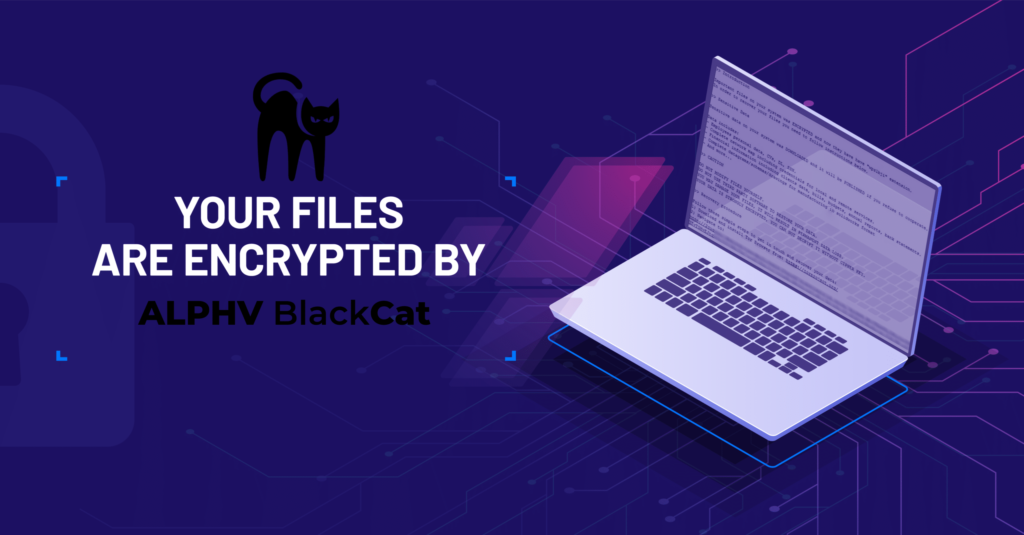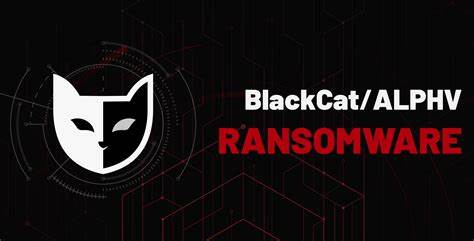Alert: New Backdoor Targeting macOS Linked to ALPHV Ransomware Emerges
A newly identified macOS backdoor written in Rust appears linked to the prominent ransomware families Black Basta and Alphv/BlackCat, cybersecurity firm Bitdefender reports.

According to the researchers, the backdoor has been active since November 2023. While Bitdefender could not attribute the campaign to a known threat actor, artefacts and indicators of compromise (IoCs) suggest a possible relationship with BlackBasta and ALPHV/BlackCat ransomware operators.
The backdoor impersonates a Visual Studio update, distributed as FAT binaries with Mach-O files for Intel x86_64 and ARM architectures. Samples identified by Bitdefender were titled:
- zshrc2
- Previewers
- VisualStudioUpdater
- VisualStudioUpdating
- visualstudioupdate
- VisualStudioUpdater_Patch
- DO_NOT_RUN_ChromeUpdates
The first samples were found in November 2023 and the newest on 2nd February 2024. The Rust-based source code makes it harder for security researchers to analyze and detect its malicious code, potentially giving malware authors an advantage.
The backdoor has multiple variants, named Variant 1, Variant 2, and Variant Zero, with most samples sharing core functionalities. Variant 1 is a testing version, first seen on 22nd November 2023, and contains an embedded plist file. It is meant to ensure persistence using LaunchAgents but does not include a field for this method.
The second variant, found on 30th November 2023, is an upgraded version of the malware, containing a complex JSON configuration and an embedded Apple script for data exfiltration. The script is used to exfiltrate documents with specific extensions and sizes from Documents and Desktop folders, as well as user notes stored in SQLite format.
Variant Zero, discovered on 2nd February 2024, is the least complex variant, lacking Apple script and embedded configuration, despite its backdoor functionality.
All samples contain the backdoor functionality, with supported commands such as ps, shell, cd, mkdir, rm, rmdir, sleep, upload, botkill, dialog, taskkill, and download. These commands allow the malware to gather and upload files and gather information about the machine.
Additionally, the information extracted with the sysctl command and the output of two other commands (pwd and hostname) are submitted to the Register endpoint of the C&C server to receive a Victim ID.
How to Mitigate the Risk of BlackCat/ALPHV Ransomware Attack
Endpoint Protection and Antivirus Solutions
Deploy robust endpoint protection and antivirus solutions that are capable of real-time threat detection and response. These solutions should employ advanced heuristics, behavior analysis, and signature-based detection to identify and mitigate potential ransomware threats. Regularly update and configure these tools to ensure optimal defense against evolving attack vectors.
Network Segmentation
Implement network segmentation strategies to restrict lateral movement in the event of a breach. By dividing the network into isolated segments, you can contain and prevent the rapid spread of ransomware. Define access controls and firewall rules between segments to limit unauthorized communication, enhancing overall network security.
Patch Management and Software Updates
Maintain a proactive approach to patch management and software updates. Regularly apply security patches and updates to operating systems, applications, and third-party software. Timely patching closes known vulnerabilities that ransomware may exploit for initial access or lateral movement within the network.
Email Security Measures
Enhance email security measures to prevent phishing attacks, a common vector for ransomware delivery. Implement email filtering solutions that can identify and block malicious attachments and links. Educate employees about recognizing phishing attempts and encourage the reporting of suspicious emails for further analysis.
Multi-Factor Authentication (MFA)
Enforce multi-factor authentication (MFA) across all relevant systems and applications. MFA adds an additional layer of security by requiring users to provide multiple forms of verification. This mitigates the risk of unauthorized access, even if credentials are compromised, and enhances overall authentication security.
Behavior-Based Detection Systems
Deploy behavior-based detection systems that can identify unusual or malicious activities indicative of a ransomware attack. These systems analyze patterns of behavior on endpoints and networks, allowing for early detection and response to potential threats before they can cause significant damage.
Isolation and Containment Strategies
Develop and implement isolation and containment strategies to swiftly respond to detected threats. Isolate affected systems from the network to prevent further propagation of the ransomware. Employ automated or manual containment measures to minimize the impact on critical assets.
Air-Gapped Backups
Maintain air-gapped backups as an additional layer of defense against ransomware. Air-gapped backups are physically or logically isolated from the network, making them immune to remote attacks. Regularly update and test these backups to ensure their effectiveness in the event of a ransomware incident.
Immutable Backups
Integrate immutable backups into your data protection strategy. Immutable backups, resistant to unauthorized modifications, provide a secure and reliable recovery option. These backups play a critical role in mitigating the risks associated with ransomware attacks, offering a resilient data recovery mechanism.
Volume Deletion Protection
Secure your vital repositories—housing backups, snapshots, replicas, and sensitive data—with StoneFly’s advanced volume deletion protection. This unique feature, seamlessly integrated into StoneFly’s 8th gen patented storage OS (StoneFusion™ and SCVM™), acts as a robust defense, preventing unintended deletions of crucial repositories.
Recommended for all essential storage repositories, the volume deletion protection feature uses a straightforward Trusted User Security Test (TRUST) process. To disable this protection, system administrators can reach out to StoneFly tech support, initiating a simple verification process with pre-approved personnel. Upon successful validation, a deletion protection override code is generated through the TRUST process, allowing for controlled disabling of this feature.
By employing volume deletion protection, your critical storage repositories gain resilience against threats like ransomware, malware, viruses, and hackers.
Inline Entropy Analysis for Malware Detection
In the proactive landscape of cybersecurity, Inline Entropy Analysis stands guard throughout the backup process, acting as a vigilant sentinel. Unlike conventional post-backup threat scans, this dynamic analysis occurs in real-time, meticulously examining metadata patterns for potential threats.
As data undergoes the backup procedure, a detailed set of metadata is gathered. Machine learning is then applied to identify anomalies such as irregular backup sizes, encryption patterns, and the presence of malicious elements. This on-the-fly scrutiny ensures a proactive defense against evolving malware threats across VMware, Hyper-V VMs, and Veeam Agents.
Key Characteristics:
- Real-time Vigilance: Inline Entropy Analysis provides immediate threat detection during the backup process, enhancing overall cybersecurity resilience.
- Machine Learning Integration: Employing machine learning algorithms, the system adeptly identifies anomalies, staying ahead of emerging malware trends.
- Cross-Platform Protection: This analysis extends its protective reach across diverse environments, safeguarding data integrity in virtualized and agent-based backup scenarios.
Guest File Indexing
In the realm of comprehensive file system checks within backup operations, Guest File Indexing emerges as a robust tool. Activation of this feature unlocks the capacity to scrutinize thousands of predefined file extensions, dynamically updated for relevance.
This indexing capability surpasses the boundaries of known extensions, proficiently identifying potential malware events through patterns of changes in a multitude of files. Compatible with various file systems and versatile in deployment, Guest File Indexing plays a pivotal role in fortifying data against emerging threats.
Key Features:
- Extensive File Scrutiny: Guest File Indexing scrutinizes a vast array of file extensions, offering a comprehensive check on potential malware events.
- Dynamic Updates: The daily update of predefined file extensions ensures that the system remains adaptive and responsive to evolving threat landscapes.
- Versatile Deployment: Compatible with diverse file systems, Guest File Indexing seamlessly integrates into various backup scenarios, reinforcing the security of critical data.
Conclusion
In conclusion, the dynamic threat landscape posed by BlackCat/ALPHV ransomware demands proactive cybersecurity measures. Key takeaways include understanding the evolving tactics, preparing through security audits and robust backup strategies, and fostering a collaborative cybersecurity community. With a focus on proactive defense and information sharing, organizations can stand resilient against the evolving challenges of BlackCat and similar cyber threats.
You think you have a story worth everyone’s time? SUBMIT A STORY and we will publish it.
Share this content:




Post Comment